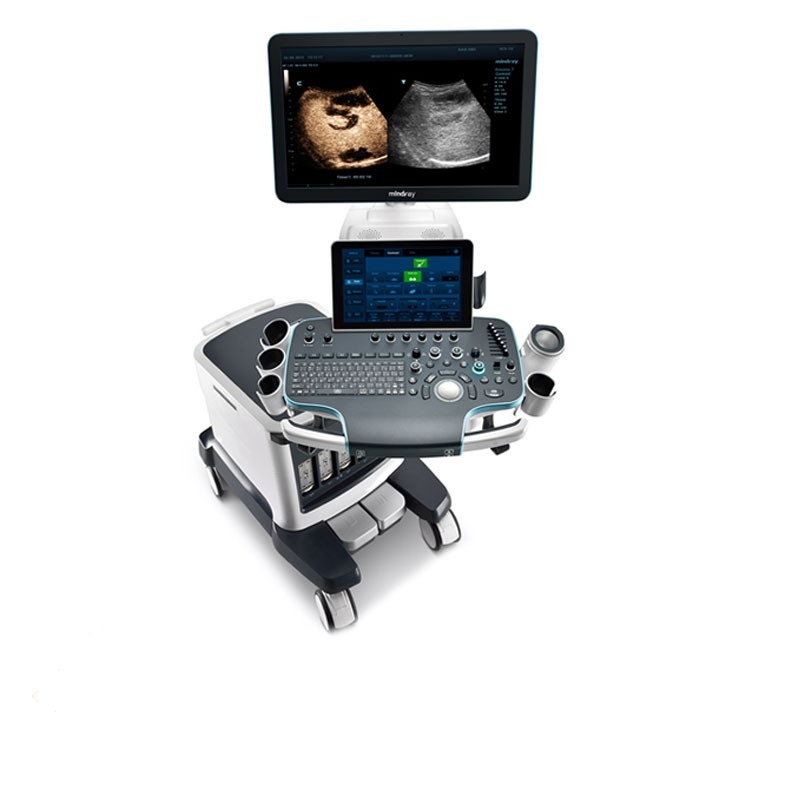Diabetes insipidus call disruption of water-electrolyte balance, which occurs when a reduced secretion of antidiuretic hormone (Actually diabetes insipidus) or with immunity kidney tissue to the effects of this hormone (nephrogenic insipidus diabetes). Diabetes insipidus is characterized by the release of large amounts of urine and a strong thirst.
Causes
The main reasons are the manifestations of diabetes insipidus diseases such as:
- traumatic brain injury
- brain tumor
- complication of brain surgery
- sarcoidosis
- syphilis
- Shyullera - - Christian disease Henda
- encephalitis
- metastasis (often with lung tumors and breast cancer)
- congenital or acquired renal diseases, e.g. amyloidosis.
The symptoms of diabetes insipidus
The main symptoms manifested with diabetes insipidus, include the following:
- copious (3-15 liters of urine per day);
- the bulk of the accounts for urination at night;
- thirst and increased fluid intake;
- dryness of the skin, nausea and vomiting, convulsions;
- mental disorders (insomnia, Emotional lability, decreased mental alertness).
Diagnostics
In typical cases, the diagnosis of diabetes insipidus is not difficult and is based on:
- Extreme thirst
- daily urine volume of more than 3 liters per day
- plasma giperosmolyalnosti (greater than 290 mOsm / kg, depending on the liquid consumption)
- high sodium content
- hypoosmolality urine (100-200 mOsm / kg)
- low the relative density of urine (<1010)
To clarify the causes of the disease are carefully analyzed the results of X-ray, ophthalmic and neuropsychiatric examinations. It is necessary to carry out magnetic resonance imaging of the brain.
Treatment
Diet for diabetes insipidus
Restriction proteins and carbohydrates and fats in a sufficient amount, restriction of salt up to 5-6 g / day.
The diet includes vegetables, fruits, juices, milk, milk products; to quench thirst recommend fruit drinks, fruit drinks.
Chlorpropamide 250-500 mg daily.
Desmopressin Tablets for oral administration (Minirin 0.1 and 0.2 mg) and drops for instillation into the nose (adiuretin, vials 5 ml).
desmopressin dose varies considerably between different patients and did not correlate with the age, weight and body surface area, as well as the severity of diabetes insipidus.
Daily doses of desmopressin should be an average of 10-20 mg 1 or 2 times a day for adults and 5-10 mg - for children.
Typically, early determine patient response to 1-2 drops of the drug administered in the evening or at night, and then gradually increase the dose until a normal diuresis.
Absorption of the drug from the nasal mucosa with upper respiratory tract infection or allergic rhinitis with swelling decreases. In this case, instead of nasal drops of a tablet.
When administered in nasal drops should be considered that 1 drop of the preparation contains 5 .mu.g desmopressin.
The drops should be administered alternately in the right and left nostril. The interval between administration of droplets in the same nostril should be approximately 5 minutes.
And for the prognosis of diabetes insipidus
The prognosis depends on the cause of diabetes insipidus, and the underlying disease.
When diabetes insipidus infectious origin may recover.
It may also result in recovery successful removal of a tumor. There are cases of convalescence after specific therapy for diabetes insipidus syphilitic, tuberculosis and malaria origin.
Often the disease continues throughout life, but hormone replacement therapy may preserve disability.
The prognosis for life in children with nephrogenic diabetes insipidus form is uncertain.



